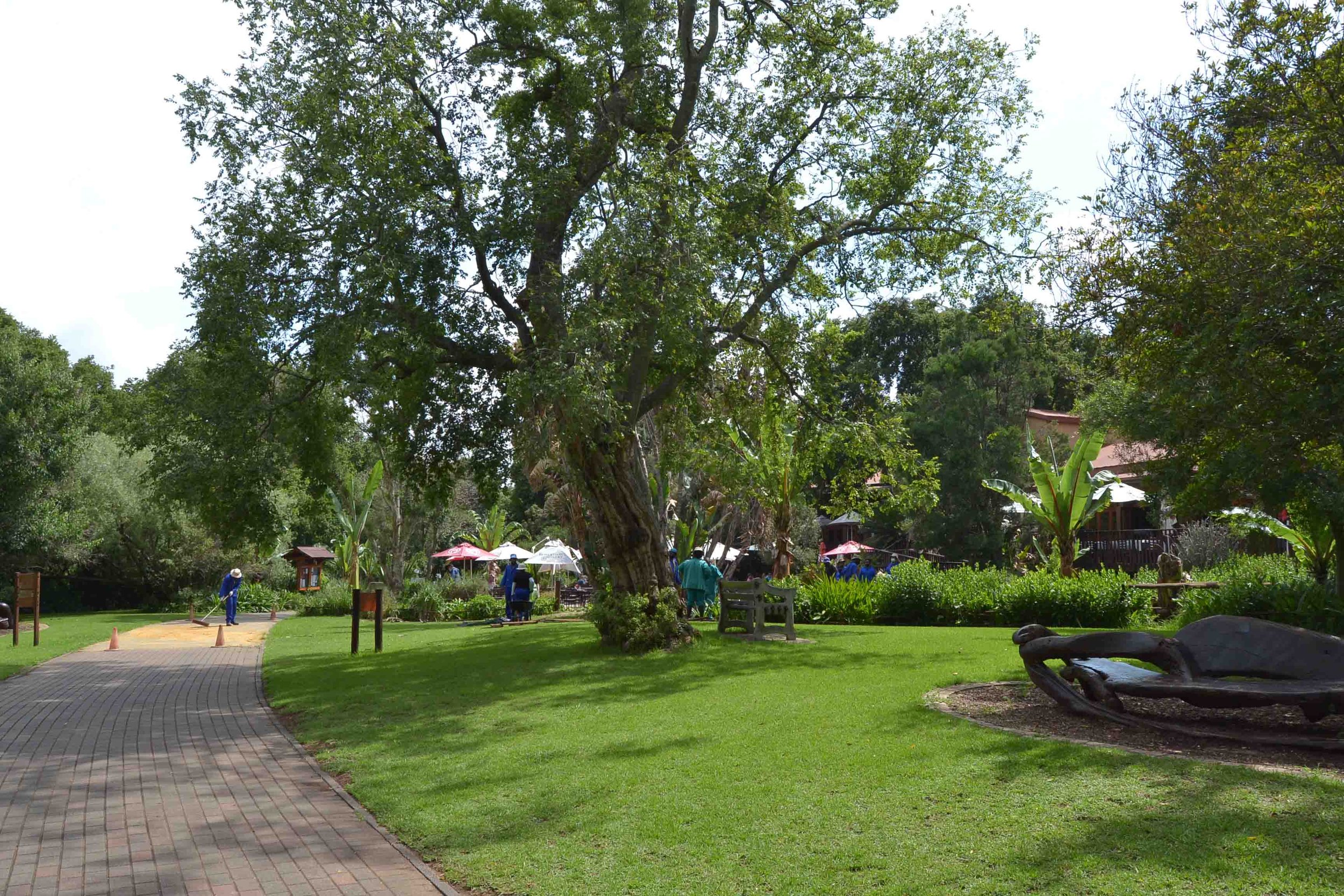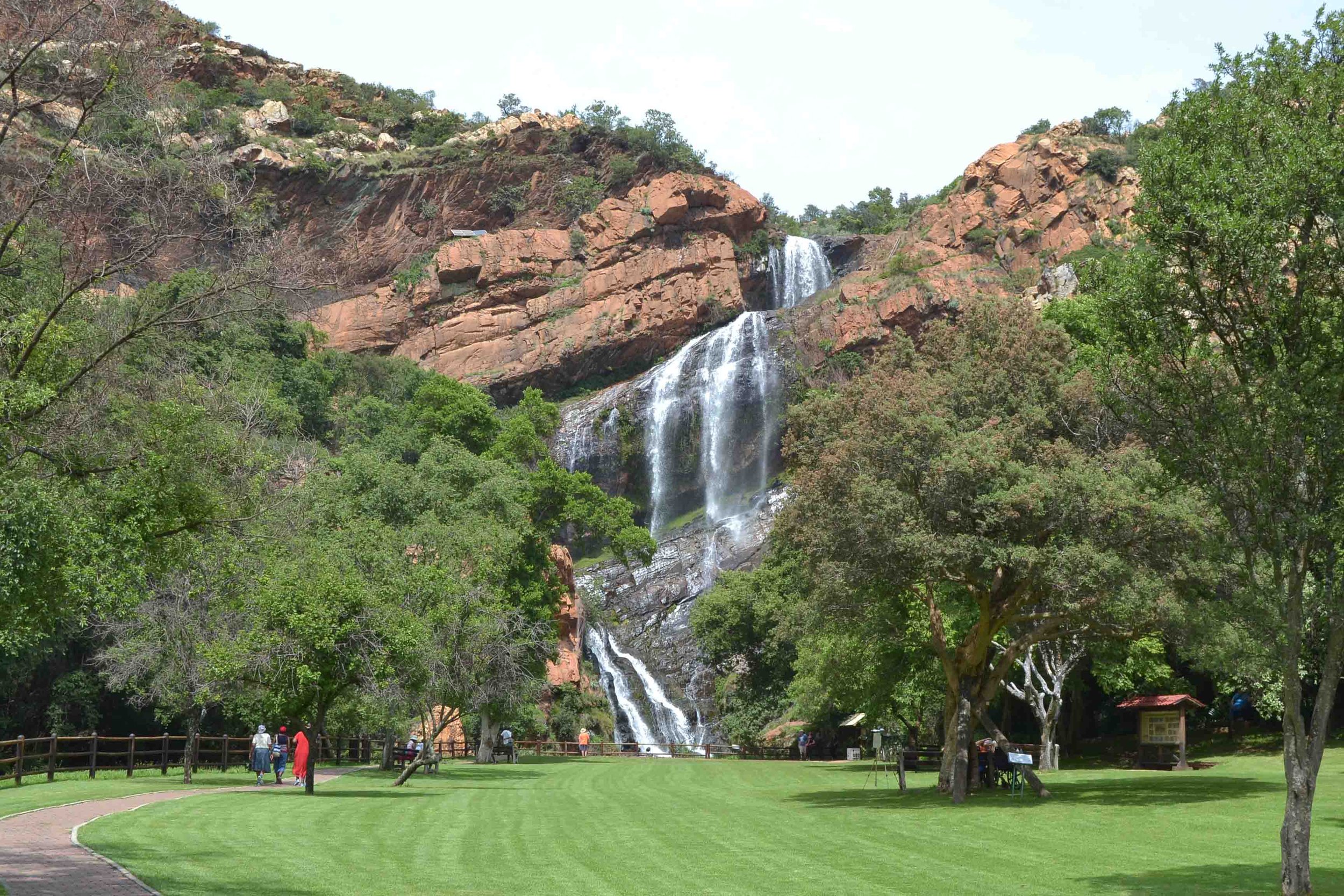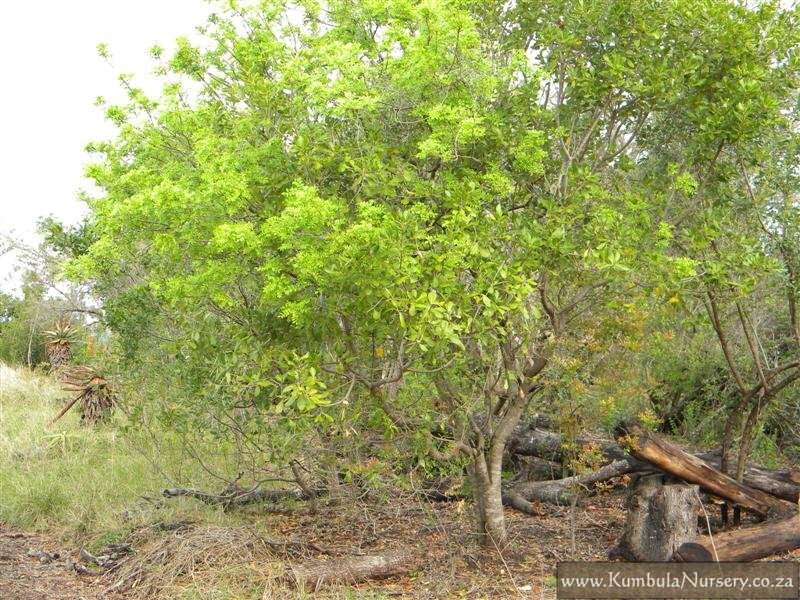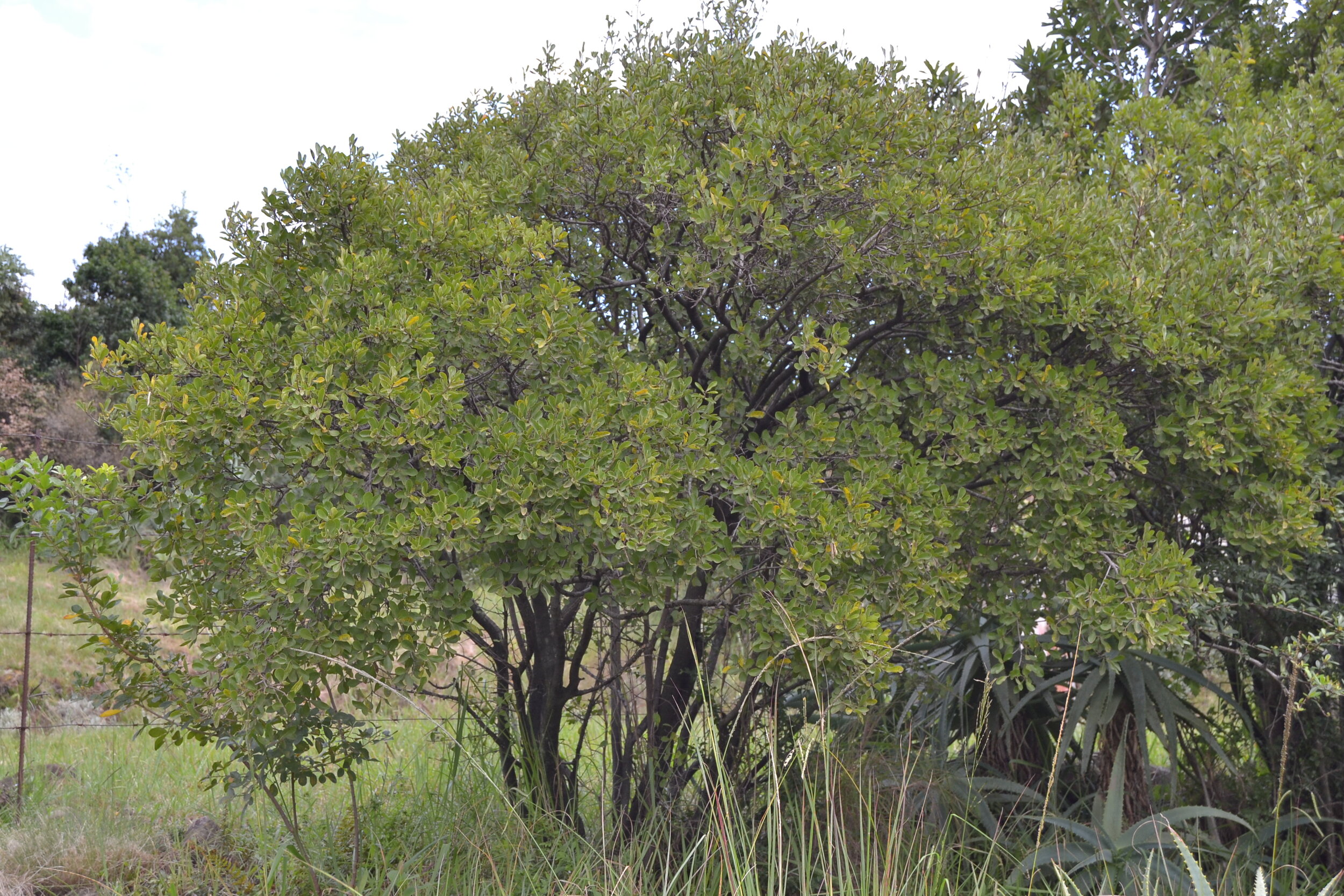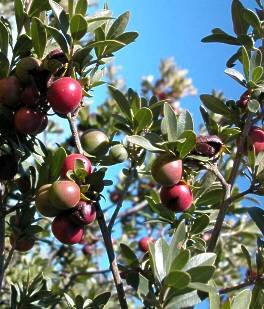Sculpture of Walter Sisulu at the Walter Sisulu National Botanical Gardens
Walter Sisulu National Botanical Gardens (WSNBG), located in Roodepoort Johannesburg, is an incredibly beautiful garden filled with indigenous gardening inspiration. The nature reserve covers over 300 hectares and was established in 1982. While there are several hikes and trails through the reserve the 25 hectares that are cultivated as gardens gives one ample opportunity to explore this botanical beauty. A highlight of visiting this garden is the beautiful Witpoortjie Waterfall which cascades into a calm stream that meanders through the gardens.
History
In the later 1800s the nearest stop for people to visit the gardens was the railway station in Krugersdorp named Witpoortjie Railway Station, which is believed to be where the waterfall received its name. The gardens were first known as the Transvaal National Botanic Garden and could only be visited by special arrangement. In 1987 it was opened to the public daily as the Witwatersrand National Botanical Garden. In March 2004 it was renamed the Walter Sisulu National Botanical Garden in honour of the late ANC stalwart Mr Walter Sisulu (1912-2003). Walter Sisulu is best known for leading the struggle for a democratic South Africa together with former president Nelson Mandela. (SANBI)
Upon entering the WSNBG one is welcomed by circular stone clad walls surrounding a water feature and statue of Walter Sisulu. We visited in December when they had festive light displays and you could visit the garden in the evening to see the Christmas lights. They often have other events and festivals which are popular and well attended.
Gardens
Following the path past the concert lawn you will be enticed to explore several planted areas off the main path including the Geological Garden, People’s Plants Garden and the Succulent Rockery. The Geological Garden has some interesting and beautiful rocks on display. In the Succulent Rockery you will find many different types of succulents. with stone pathways meandering its way through. Throughout the garden there are information boards with explanations to learn from. The Waterwise Garden also has educational information on how to conserve water in your garden.
Restaurant
If you continue on the main path you will arrive at the restaurant on your left and children’s play area on your right and if you carry on further you will reach the waterfall area. The restaurant has a tea garden where you can sit and relax and this venue can also be hired for functions. This is a lovely place for a picnic below the large trees.
Restaurant
Children’s Playground
Waterfall
The Witpoortjie Waterfall is a natural waterfall fed by springs upstream and is 70m high. It is regarded as the source of the Crocodile River which flows into Hartebeespoort Dam. Picnicking on the lawn at the waterfall is not allowed because of the high foot traffic in this area. A remarkable Olinia emarginata (Mountain Hard Pear) is in the centre of the lawn and although struck by lightning several years ago it is still alive and being supported to prevent it from falling over.
Birdlife
Over 240 bird species have been recorded in the gardens and it is a renowned breeding spot for Verreaux's Eagles (formerly known as Black Eagles) and popular with birding enthusiasts. The bird list can be requested from sisulugarden@sanbi.org.za
Vegetation
The Garden consists of three main natural vegetation types: Northern Afrotemperate Forest, Egoli Granite Grassland and Gold Reef Mountain Bushveld. This variety of habitats includes over 600 naturally occurring plant species. There are incredible specimens of trees throughout the garden and some impressive examples of Celtis africana and Combretum erythrophyllum can be seen along the Forest Walk that follows the Crocodile River running through the reserve.
If you are interested in indigenous gardening (and I hope you are!) then you will not leave this garden without learning something new or seeing something inspiring. There is always something new to discover.
Visiting the Gardens
The garden is open every day from 08h00 to 17h00.
Remember that there are no bins and you need to take everything that you bring home with you again and No Cash Payments are accepted.
Read more about other Botanical Gardens:
SANBI Website - Walter Sisulu - SANBI
Beautiful Buddleja saligna (False Olive) in flower








